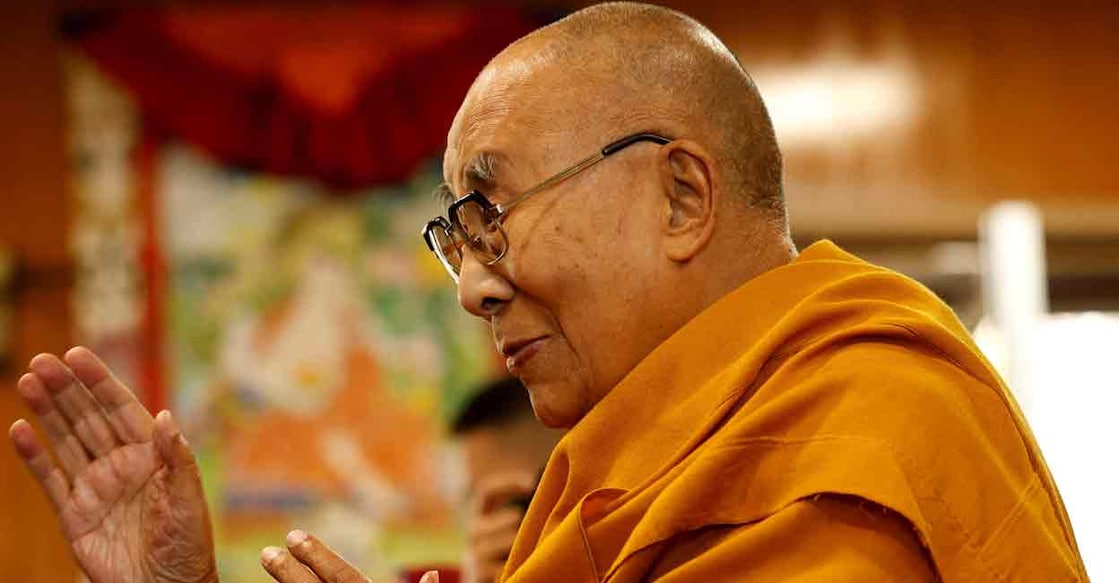Onmanorama Explains | Who chooses the next Dalai Lama and how

Mail This Article
The Dalai Lama, one of the world’s most respected spiritual leaders, turns 90 this Sunday. But as he ages, the question of who will succeed him has become more than a religious concern—it’s also a source of political tension between China, India, and the United States.
Millions of Tibetan Buddhists follow the Dalai Lama, but so do many others around the world. His succession is now at the centre of a global power struggle.
How was the current Dalai Lama chosen?
Tibetan Buddhists believe that when a senior monk dies, he is reborn in a new body. The current Dalai Lama, the 14th in the line, was born in 1935 in what is now Qinghai province, China. He was just two when he was recognised as the reincarnation of the 13th Dalai Lama.
The search team was convinced after the child identified personal items belonging to the former Dalai Lama. He was formally installed in 1940 in Lhasa, Tibet.
Who decides the next Dalai Lama?
That’s where the controversy begins. The Dalai Lama fled to India in 1959 after a failed uprising against Chinese rule in Tibet. He has lived in exile in Dharamshala ever since.
In his book Voice for the Voiceless, published in March 2025, he stated that his reincarnation would be born outside China. He added that the Gaden Phodrang Trust, a non-profit based in India that he set up, would have the sole authority to recognise his successor. This week, he reaffirmed that only this body can lead the process.
His followers welcomed the decision, as it ensures the continuation of the 600-year-old institution. However, there are fears that China will try to name its own Dalai Lama—creating a split in Tibetan Buddhism. In fact, the Dalai Lama warned in 2019: “If you see two Dalai Lamas come, nobody will respect the one chosen by China.”

What does China say?
China claims it has the right to approve the next Dalai Lama—based on rules dating back to imperial times. They point to the use of a “golden urn” system introduced in 1793 during the Qing dynasty, where names are drawn to select reincarnations.
Chinese officials insist that all major reincarnations, including that of the Dalai Lama, must follow state laws and be approved by Beijing.
On June 6, just weeks before the Dalai Lama’s latest announcement, Chinese President Xi Jinping met with Gyaltsen Norbu, a monk appointed by Beijing as the Panchen Lama, the second-highest spiritual figure in Tibetan Buddhism.
This meeting underlined the deep divide between Beijing and the Dalai Lama. Norbu publicly pledged support for the Communist Party, something that worries Tibetans in exile. Many refer to him as the “Chinese Panchen.”

What happened to the Dalai Lama’s Panchen Lama?
In 1995, the Dalai Lama named a six-year-old boy in Tibet as the 11th Panchen Lama. That child was quickly taken into custody by Chinese authorities and has not been seen since.
Months later, China installed Gyaltsen Norbu as the Panchen Lama. Norbu now lives in Beijing, not in the traditional monastery of Tashi Lhunpo in Tibet. His movements are closely controlled by the state. Although he holds top positions in government-run religious organisations, many Tibetans do not recognise him as legitimate.
“Many people call him a fake Panchen, but officially, we call him the Chinese Panchen,” said Tenzin Lekshay, a spokesperson for the Tibetan government-in-exile in India.
What role can India and the US play?
India is home to over 100,000 Tibetan exiles, including the Dalai Lama. His presence gives New Delhi some diplomatic leverage over China, especially at a time of growing border tensions.
The US, too, has shown strong support. In 2024, then-President Joe Biden signed a law demanding that China resolve Tibet’s long-standing demands for autonomy. American leaders have said they will not accept any Chinese interference in choosing the next Dalai Lama.

Why does it matter now?
With the Dalai Lama turning 90, the time to prepare for succession is running out. His declaration that he will reincarnate and that the process will be managed by his Indian-based trust sends a clear message to Beijing.
However, China is also preparing—tightening control in Tibetan regions, promoting its own religious leaders, and warning against separatism. The fear now is that once the Dalai Lama passes away, there may be two successors: one recognised by Tibetan exiles and another endorsed by Beijing.
(With Reuters inputs.)

